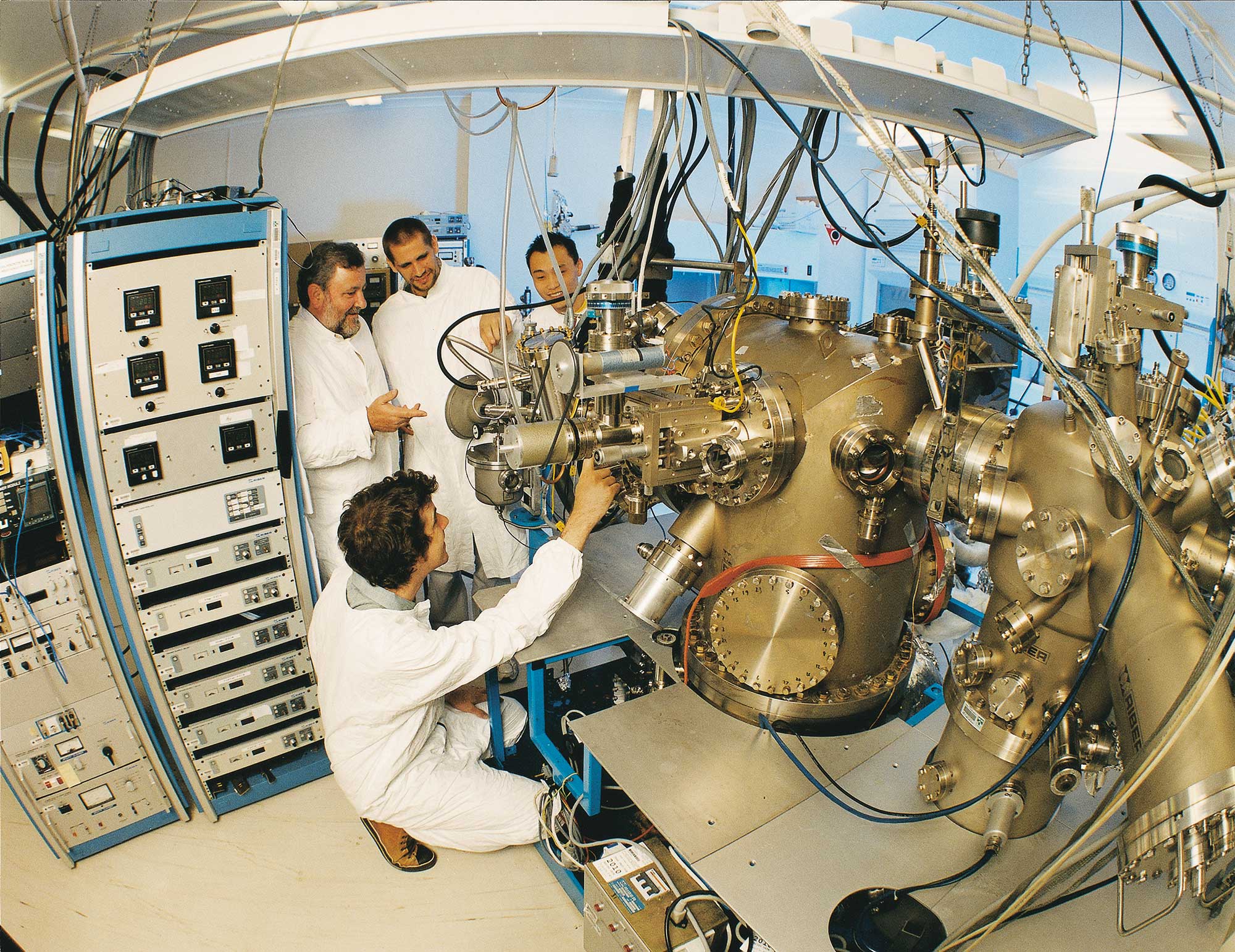
Peptide synthesis
Peptide synthesis
A technique to combine amino acids into peptide chains in a pre-determined order. This is useful to create peptide chains that mimic biologically relevant peptide or protein fragments. Created peptides can also be used in biological assays, detections systems, sensors and as biological medicines.

List of available equipment
TOOL MAKE AND MODEL
KEY DIFFERENTIATOR
LOCATION
CEM Discover and explorer SP
Microwave synthesiser for general organic synthesis
Optofab Node
University of Adelaide
Description
Microwave synthesiser - with compressed air cooling system
Related Information
Operating volume: 0.2 – 7 ml (10 ml pressure vial); 2 – 25 ml (35 ml pressure vial); 15 – 50 ml (80 ml pressure vial); Open vessel 5 – 125 ml round bottom flask (ambient pressure); Power: 300 W (maximum). Temperature: 40 – 300°C.
Tool Contact
optofab@adelaide.edu.au
CEM Liberty 1
Microwave peptide synthesiser
Optofab Node
University of Adelaide
Description
Microwave peptide synthesiser
Related Information
It is a fully automated system for the synthesis of peptides. It allows the use of microwave energy for both coupling and deprotection steps. This instrument also allows programmable cleavage and automated resin addition.
Tool Contact
optofab@adelaide.edu.au
TOOL MAKE AND MODEL
KEY DIFFERENTIATOR
LOCATION
CEM Discover and explorer SP
Microwave synthesiser for general organic synthesis
Optofab Node
University of Adelaide
Description
Microwave synthesiser - with compressed air cooling system
Related Information
Operating volume: 0.2 – 7 ml (10 ml pressure vial); 2 – 25 ml (35 ml pressure vial); 15 – 50 ml (80 ml pressure vial); Open vessel 5 – 125 ml round bottom flask (ambient pressure); Power: 300 W (maximum). Temperature: 40 – 300°C.
Tool Contact
optofab@adelaide.edu.au
TOOL MAKE AND MODEL
KEY DIFFERENTIATOR
LOCATION
CEM Liberty 1
Microwave peptide synthesiser
Optofab Node
University of Adelaide
Description
Microwave peptide synthesiser
Related Information
It is a fully automated system for the synthesis of peptides. It allows the use of microwave energy for both coupling and deprotection steps. This instrument also allows programmable cleavage and automated resin addition.
Tool Contact
optofab@adelaide.edu.au

